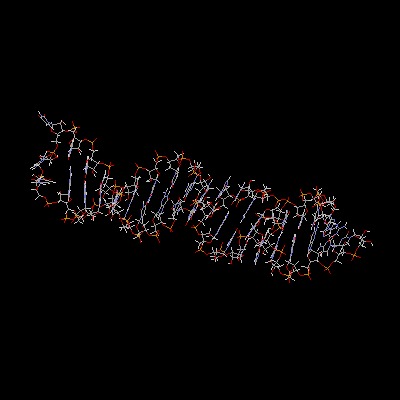5S rRNA

Studies of the 5S rRNA molecule began in 1981, when Fanning et al. attempted to purify crosslinked 5S-protein complexes. From these studies, it appeared that L5, L18, L25, and L31 were directly involved in 5S rRNA binding. In fact, dimer and trimer isolates indicated that L5, L18, and L31 bound together, while L25 was involved in a separate binding process. Although follow-up experiments have not been performed on the L5, L18, and L31 proteins, gel mobility shift assays have been used to show the binding of L2 to the 5S rRNA. (Okada et al. 2000) In addition, more in-depth studies have been performed with regards to the 5S-L25 interactions. (see below)
The 5S rRNA molecule appears to act as a seventh domain in the large ribosomal subunit in conferring stability to the entire 3-D structure. In fact, genetic deletions in the 5S rRNA performed by Ammons et al. resulted in a large decrease in cell health, especially when compared with the 16S and 23S rRNA units. (1999) This stability is most notable in interactions with domain II and domain V of the 23S molecule, which are involved in translocation and peptide bond formation, respectively. Experiments performed using 5S rRNA mutants indicate that the molecule might also be involved in signal transmission during the translation process. (Sergiev et al. 2000)
The role and structure of the L25 protein.
The role and structure of the 23S rRNA.